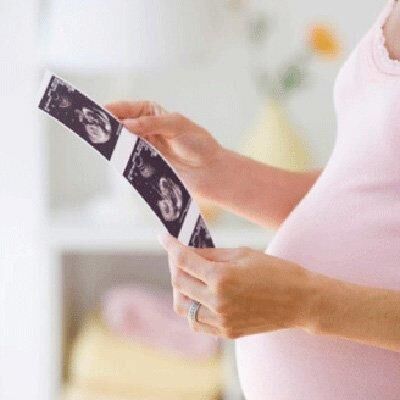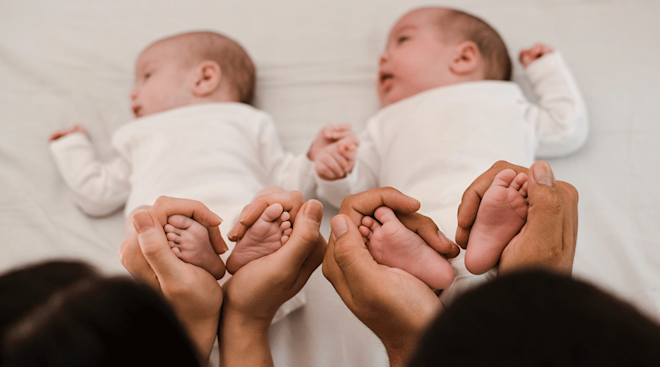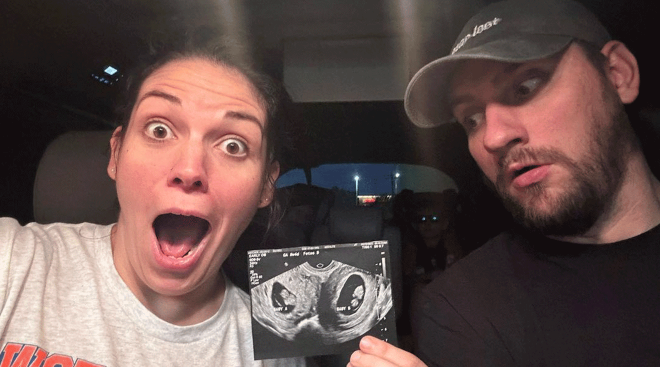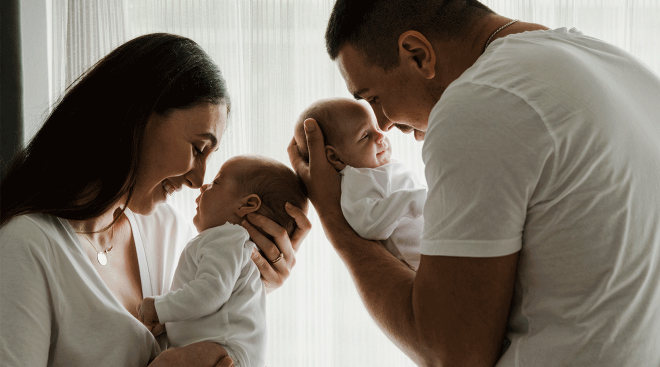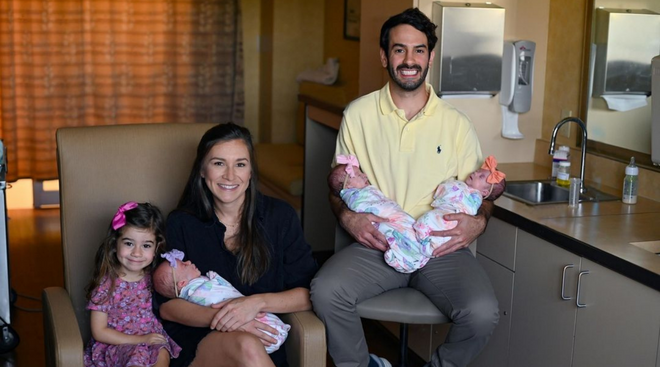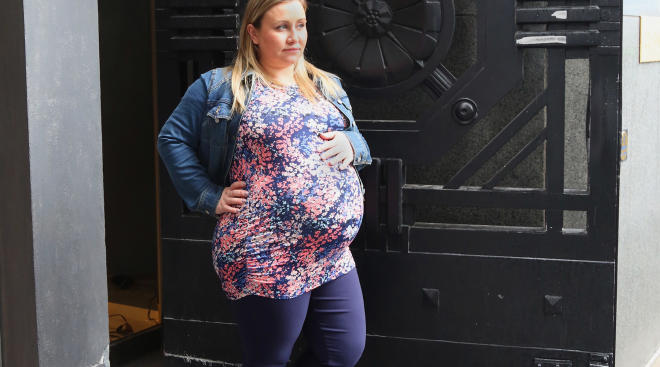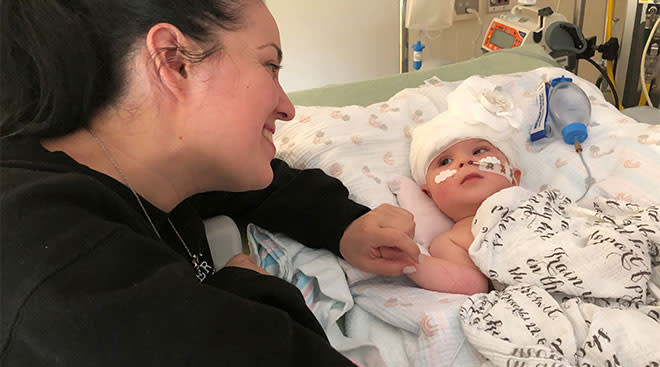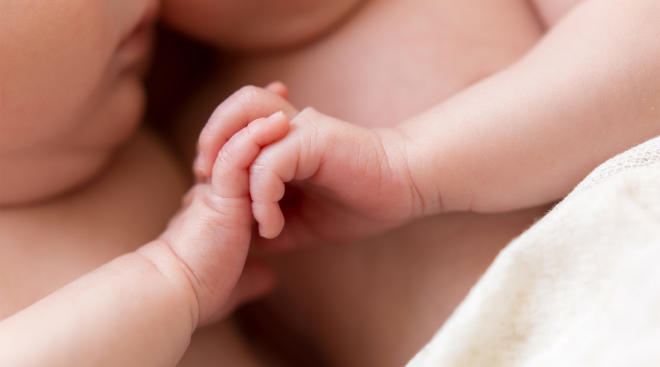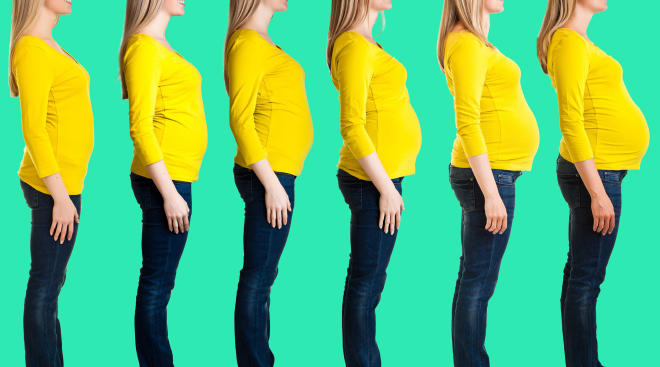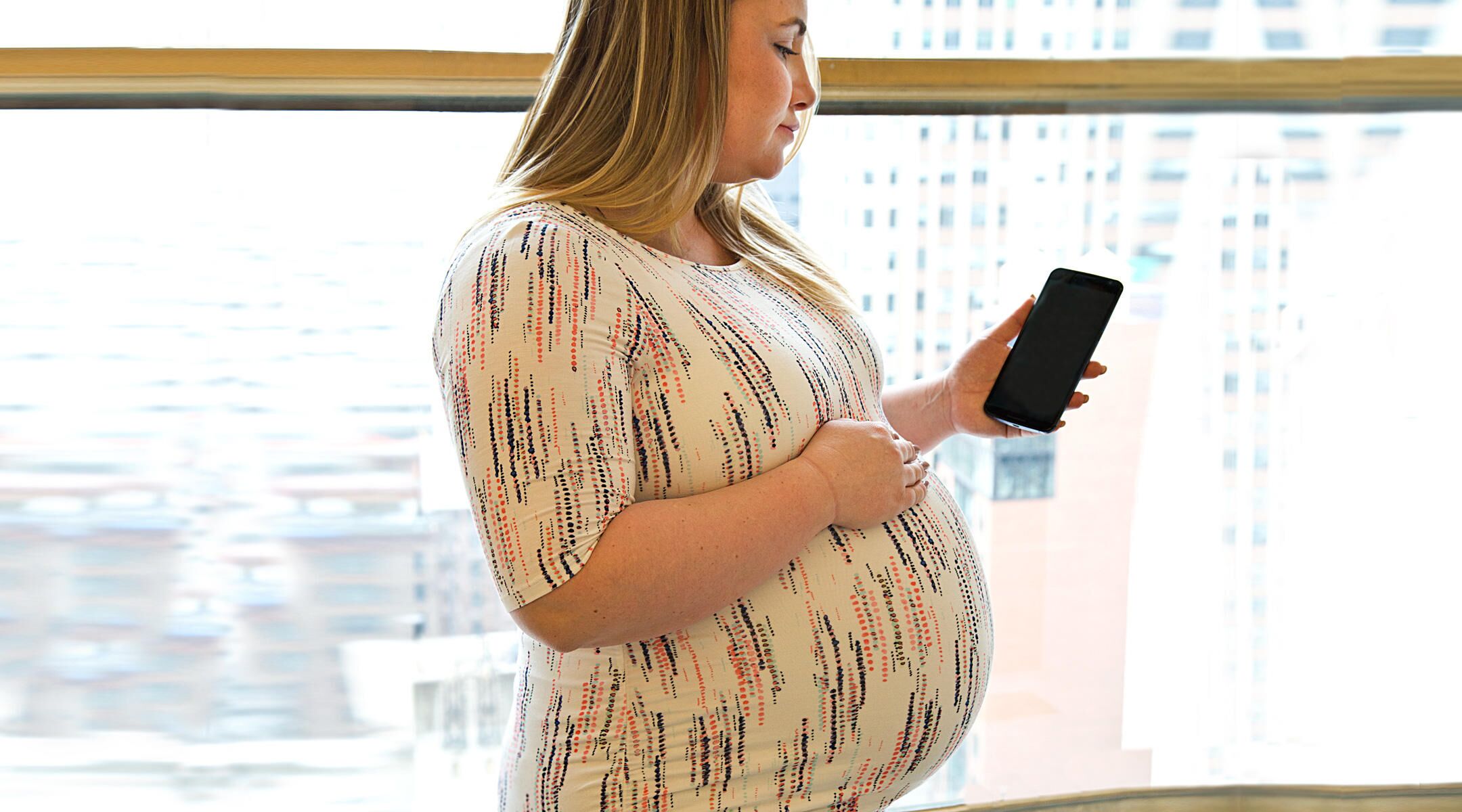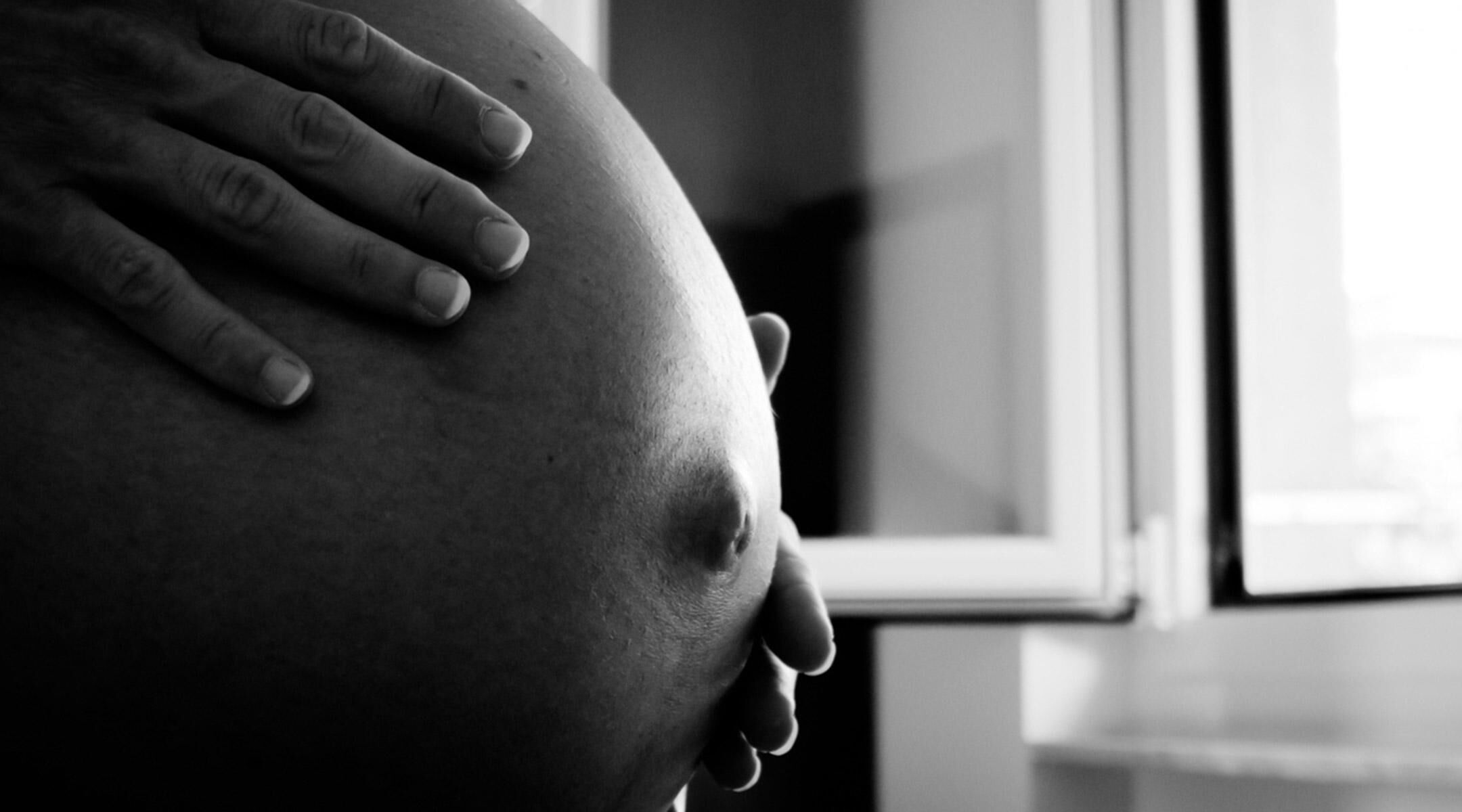The latest study on labor and delivery for moms of multiples found that moms of twins can safely deliver their babies without having a c-section. The study, performed all over the world, is the latest to question the need for c-section births. Currently one-third of all births in the US are via c-section; three-fourths of which are twin births and studies, much like this one, continue to challenge the long-held beliefs that women delivering more than one baby should deliver by c-section and not vaginally.
Lead researcher Dr. Jon Barrett of Sunnybrook Health Sciences in Toronto pioneered a study in 25 countries on 2,800 women pregnant with twin babies. Of all the moms-to-be included in the study, 1,800 were scheduled to deliver via c-section and the remaining half planned to deliver vaginally. As their due dates approached, researchers noted that 40 percent of the moms who planned to deliver vaginally ended up having a c-section and about 10 percent of the moms in the c-section group ended up delivering their babies vaginally. Barrett and his team noted that though 2 percent of the newborns died at birth or were born with health problems, the method of birth made no difference and didn’t affect the rate of complications in moms.
The study was paid for by the Canadian Institutes of Health Research and published in the New England Journal of Medicine and is the latest research performed that goes against the grain that moms of multiples must have a c-section. Though they’re still medically recommended for moms (or babies) at risk of complications, Dr. Michael Greene from Massachusetts General Hospital was quoted in the publication saying that though the findings don’t prove that all sets of twins should be delivered vaginally, it does give moms-to-be the room to plan to deliver vaginally so long as her personal doctor is experienced in twin deliveries and knows when a c-section is necessary.
Earlier research found that women pregnant with twins labor longer, which actually reduces their risk of c-section. Using the numbers from a national database of labor and delivery information from several clinical centers, lead researcher Dr. Heidi Leftwich and her colleagues found that twins required about one to three hours more than single babies in the first stage of labor. The researchers defined the first stage of labor as when the cervix opens until it is wide enough for the baby to pass through. They defined the second stage of delivery as the actual birth of the baby. Researchers then compared data from about 900 twin pregnancies with 100,500 singleton pregnancies. The single-birth pregnancies served as the control group. Researchers measured the time it took for a woman’s cervix to dilate to 1 centimeter and found that in twin pregnancies, it took an average of 12.7 hours for the cervix to progress from 4 to 10 centimeters (which was defined as fully dilated). In single birth pregnancies, it took an average of 9.6 hours. " Doctors could let twins labor longer before calling it ‘failure to progress’ ," Dr. Heidi Leftwich said.
Are you a mom of multiples?
Navigate forward to interact with the calendar and select a date. Press the question mark key to get the keyboard shortcuts for changing dates.
































